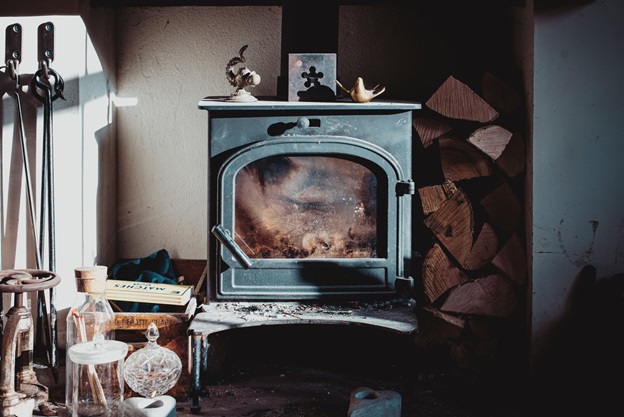Log cabins are a type of housing that has been around for centuries. They are typically made from stacked and interlocked logs, creating a sturdy and durable structure. Insulated log cabins can be a great option for those who want to experience rustic living, but they can also pose some challenges when it comes to staying warm during the winter months. Because the walls are made of wood, they are not as good at insulating against the cold as other materials like brick or stone. As a result, residents of log cabins often have to take extra steps to keep their homes warm during the winter, such as using insulation and sealing up any gaps or cracks. But despite these challenges, living in a log cabin can be a very rewarding experience. There is something special about waking up in a cozy cabin on a cold winter morning, knowing that the warmth of the wood surrounds you. And if you are looking for ways to stay warmer in your log cabin, here are four important facts about log cabin heating that you need to know.
Install double- or triple-pane windows
The quality of the windows you select is also very important. Look for windows that have been certified by the National Fenestration Rating Council (NFRC) or ENERGY STAR®. These programs test and label products for their energy efficiency to be sure you’re getting the most efficient windows available. Look for double or triple-glazed glass. It will undoubtedly aid in keeping your log cabin warm and comfortable. In addition, look for low-emissivity (Low-E) coatings on your windows. These coatings reflect heat back into your home, further reducing heat loss. And to prevent higher heat loss, make sure your windows are well-sealed and insulated.
Get a quality insulation system for your roof and walls
Any home or office building needs a quality insulation system to help keep the inside temperature consistent and also lower energy costs. Insulated log cabins to live in are especially important in places with extreme climates, like the desert or the tundra. Without insulation, heat would quickly escape from the building in winter, and unwanted heat would enter the building in summer. This would make it very difficult to maintain a comfortable temperature inside. There are many different types of insulation, each with its advantages and disadvantages. Fiberglass is one of the most popular types of insulation. It’s made from recycled glass and is very effective at trapping air within its tiny cells. However, fiberglass can irritate the skin and lungs, so it’s important to wear protective gear when handling it. Cellulose insulation is another popular option. It’s made from recycled paper products and is treated with fire retardants, making it an excellent choice for homes and offices. However, cellulose is not as effective as fiberglass at trapping air, so it may not be the best choice for buildings in cold climates. Spray foam insulation is a newer type of insulation that has slowly been gaining popularity. It’s made from a mixture of chemicals that are sprayed onto the surface of a building. Spray foam is very effective at sealing cracks and gaps, making it an excellent choice for older buildings. However, it can be expensive, so it’s important to get quotes from multiple contractors before installing it. The best type of insulation for a particular building depends on several factors, such as the climate, the type of construction, and the building’s intended use. A qualified contractor can help you choose the proper insulation for your needs and ensure that it is installed correctly.
Insulate your log cabin floor
While most people think of insulation as something that goes in the walls, floor insulation is just as important, if not more so. A significant amount of heat is lost through the floor all day long, making your home less comfortable and driving up your energy bill. Proper floor insulation can help prevent this heat loss, keeping your home cooler in the summer and warmer in the winter. You can use the same insulation materials like your log cabin’s insulating roof and floor.
Control Moisture in Your Log Cabin
Moisture control is an important part of heating your log cabin. Without proper moisture control, you may find that your log cabin is constantly damp and cold. This can not only make it uncomfortable to live in but also cause damage to your building. One popular method is to use a dehumidifier. This will remove the moisture from the air, making it less likely to condense on your walls and floors. However, dehumidifiers can be expensive to run, so you may want to consider other options. Another common method of moisture control is to ventilate your log cabin. This will allow the damp air to escape, preventing it from condensing on your walls and floors. However, you will need to ensure enough ventilation so your log cabin does not become too dry. The best way to control moisture in your log cabin is to use a combination of methods. By using a dehumidifier, ventilating your log cabin, and taking other measures to control moisture, you can keep your log cabin warm and comfortable all year round.
Whichever method you choose, ensure your insulated log cabin is adequately ventilated to avoid any condensation buildup. Also, take advantage of any passive solar gain by orienting your cabin to make the most of the sun’s rays. With a bit of care and attention, you can keep your cabin warm and cozy all year round!


Comments are closed.